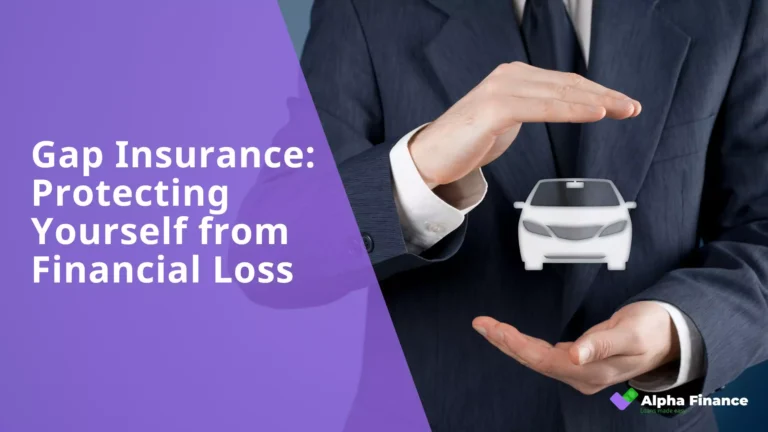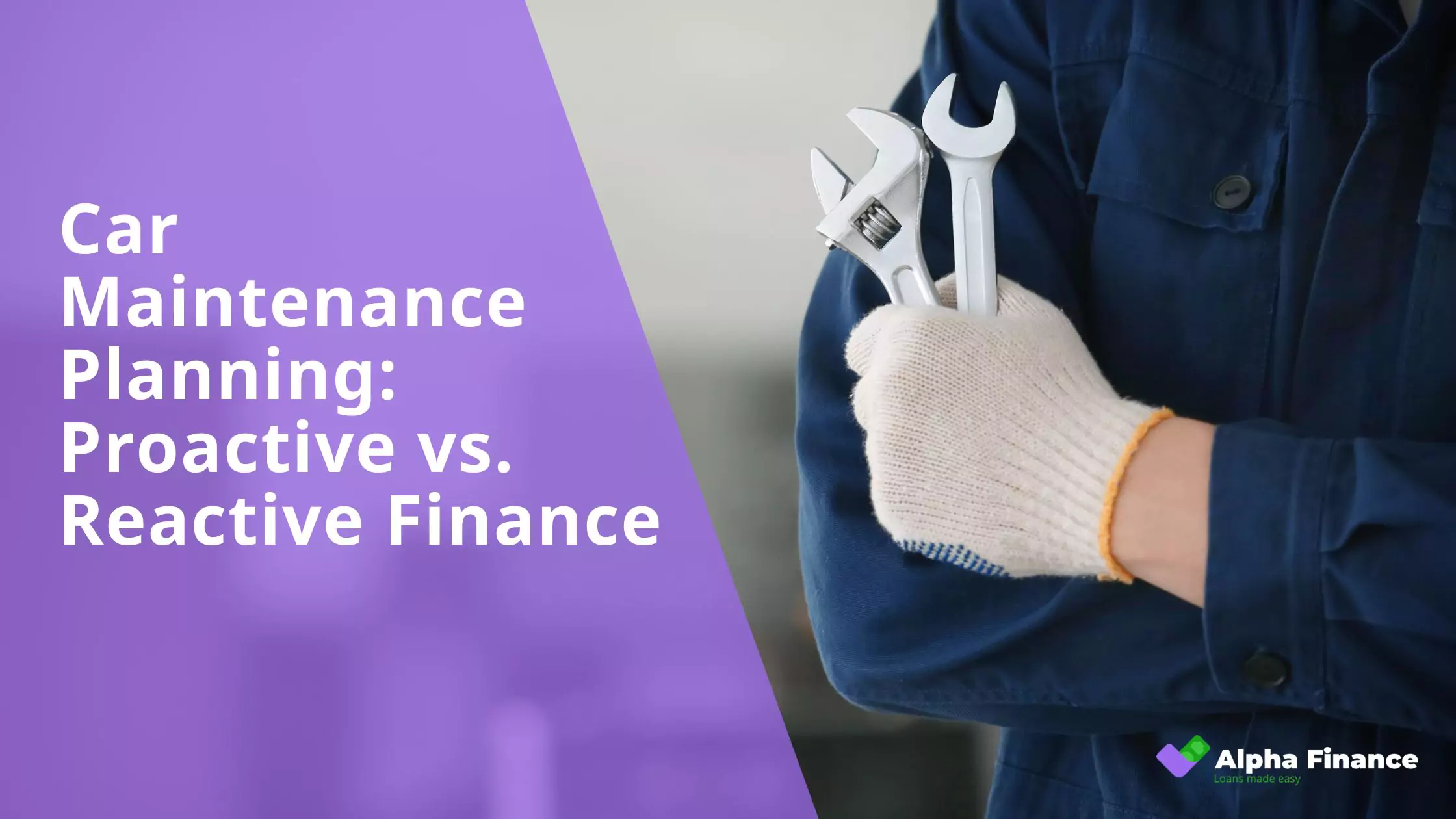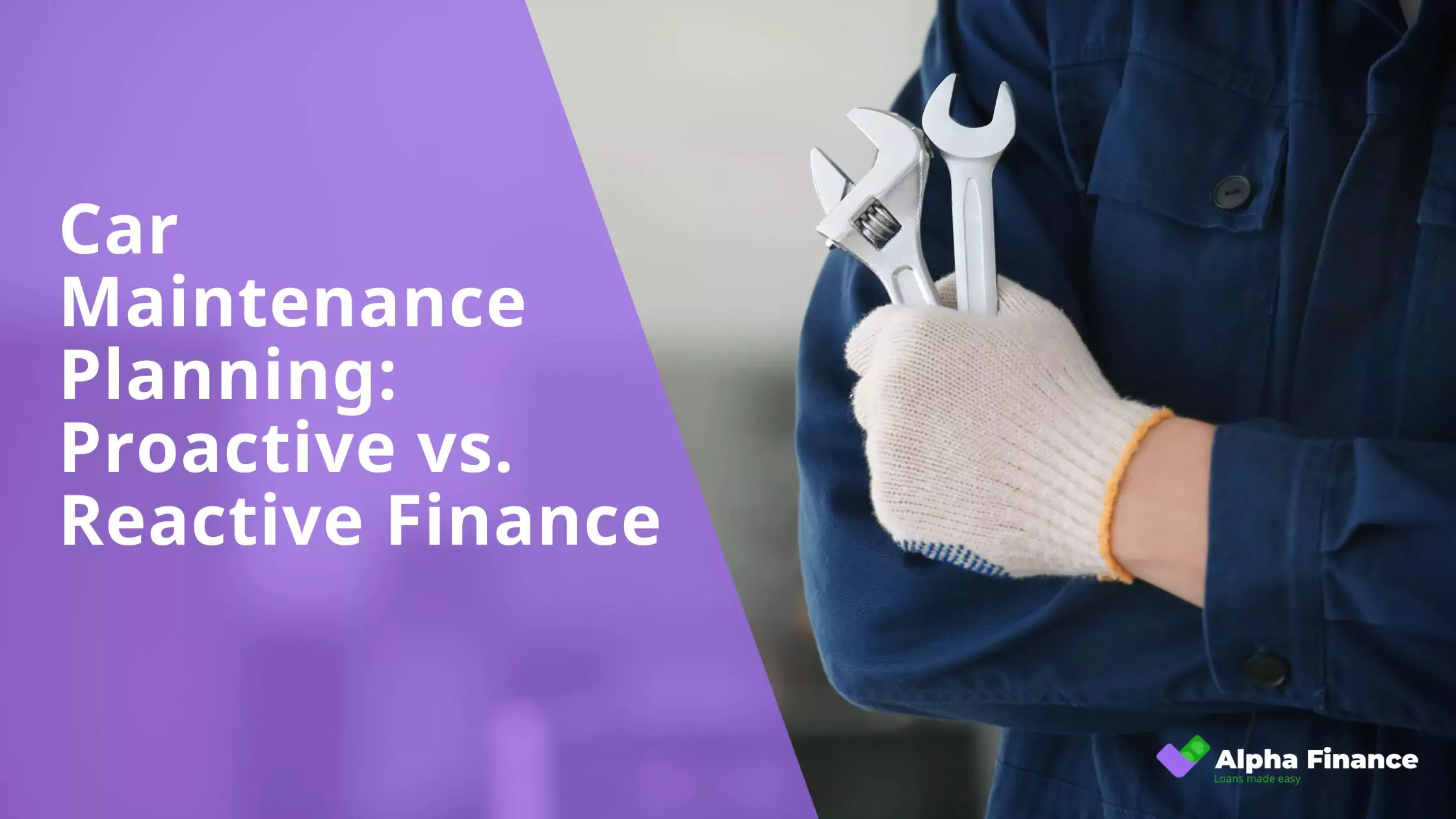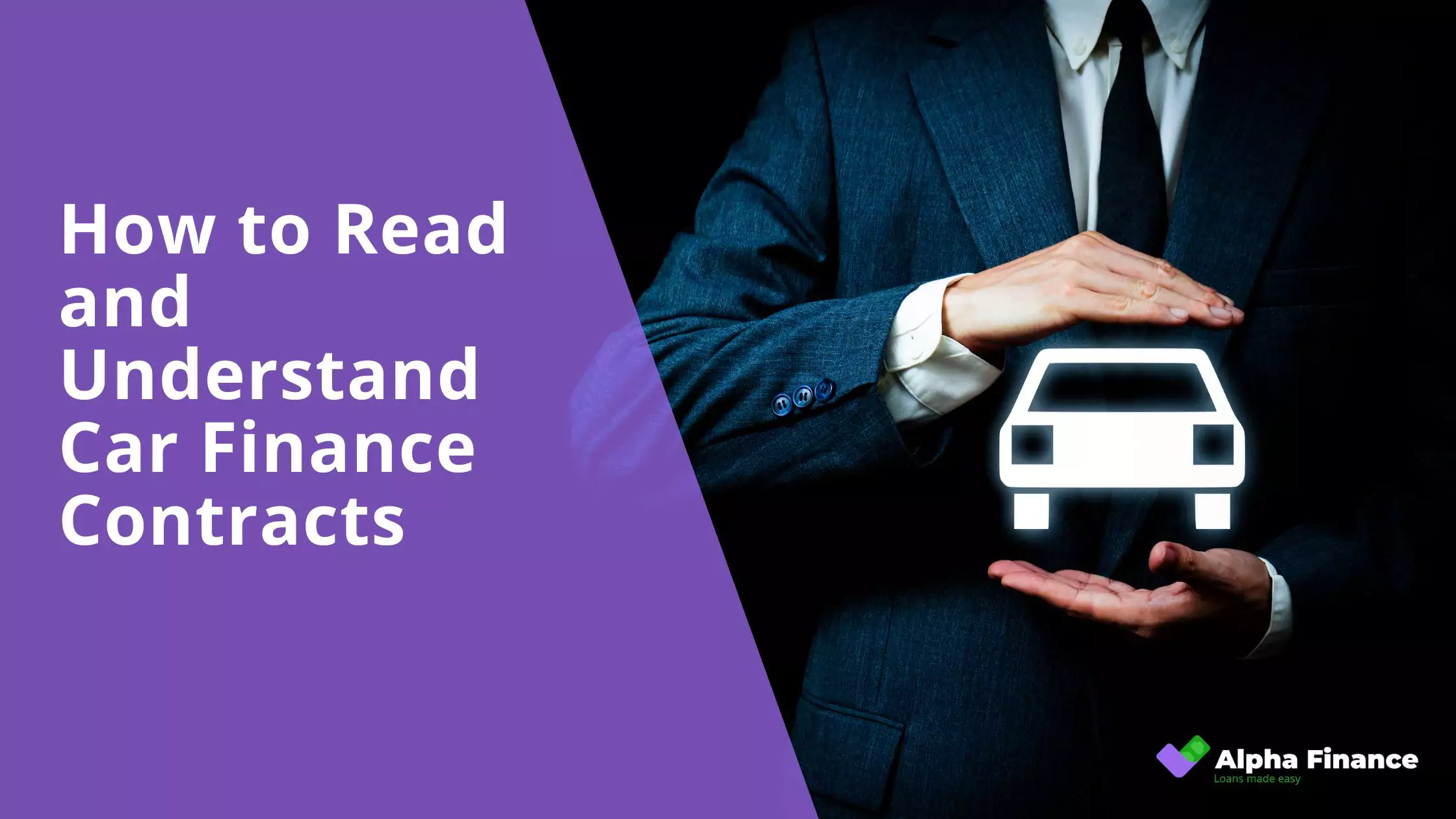You’ve just bought a new car, perhaps using car finance Australia, and you’re excited about your new ride. But imagine the nightmare scenario: only a year later, your beloved vehicle is suddenly written off in an accident or, worse, stolen. Your standard comprehensive car insurance policy pays out its market value, which sounds great. However, to your dismay, the payout is significantly less than what you still owe on your car loan. What then? This unfortunate situation is a common reality, primarily due to rapid car depreciation. From the moment you drive a new car off the lot, its value begins to fall, often much faster than you pay down your loan. This creates a “gap”—a financial shortfall between what your insurer pays and the outstanding balance of your finance agreement.
This is precisely where Gap Insurance, also known as Guaranteed Asset Protection, steps in. It’s designed to cover this critical financial gap, ensuring you’re not left out of pocket and still owing money on a car you no longer possess. In this blog post, we’ll delve into what Gap Insurance is, why it’s becoming increasingly important in today’s car market, who stands to benefit most from it, and how it actually works. We’ll also cover key considerations to help you decide if this extra layer of protection is right for your financial peace of mind.
What is Gap Insurance?
Gap Insurance, or Guaranteed Asset Protection, is a specialised type of insurance designed to protect you from a specific financial shortfall that can arise after your car is declared a total loss.
-
The “Gap” Defined:
-
The “gap” refers to the difference between your car’s market value at the time of a total loss (due to being written off after an accident or stolen) and the remaining amount you still owe on your finance agreement. This disparity occurs because cars depreciate, or lose value, over time, often faster than the principal balance of your car loan decreases. For example, imagine you purchase a new car for $40,000 with a loan. A year later, it’s written off. Your comprehensive insurer assesses its market value at $28,000 and pays you that amount. However, you might still owe $35,000 on your loan. This creates a $7,000 “gap” that you are still liable for.
-
-
How it Works:
-
Gap Insurance is a supplemental policy, meaning it’s typically purchased in addition to your standard comprehensive car insurance. If your comprehensive insurer declares your car a total loss and pays out its market value, your Gap Insurance policy then kicks in to cover the remaining deficit. It directly pays the difference between your comprehensive insurer’s payout and the outstanding balance on your car loan or lease. Some policies can also extend to cover other related costs, such as the excess on your comprehensive policy, or even any previous negative equity that might have been rolled into your new car loan.
-
-
Not a Replacement for Comprehensive Insurance:
-
It’s crucial to understand that Gap Insurance is not a substitute for comprehensive car insurance. It works in conjunction with your comprehensive policy, relying on its payout as the first step in the claims process. Without comprehensive cover, Gap Insurance has no primary claim to top up.
-
Why is Gap Insurance Important for Financial Protection?
Gap Insurance provides a critical layer of financial protection, particularly in today’s car market where vehicle values can fluctuate significantly. It acts as a crucial safeguard against unforeseen financial burdens.
-
Mitigating Depreciation Risk:
- Rapid Depreciation of New Cars: New vehicles, especially, experience substantial value depreciation the moment they are driven off the dealership lot and continue to lose value rapidly in their initial years of ownership.
- Value vs. Loan Balance: This rapid depreciation often means that your car’s market value can quickly fall below the outstanding balance of your car loan. Gap Insurance specifically protects you from this immediate and ongoing financial risk.
-
Avoiding Negative Equity:
- No More Payments on a Non-Existent Car: One of the most compelling reasons for Gap Insurance is that it prevents you from being in a position where you owe money on a car you no longer possess. Without it, if your vehicle is written off or stolen and the standard insurance payout isn’t enough, you’re still legally obliged to pay the remaining loan balance.
- Common Scenarios for Negative Equity: This risk is particularly high if you:
- Purchased your car with a small or no deposit.
- Financed your vehicle over a long loan term.
- Rolled negative equity from a previous car loan into your current finance agreement.
-
Financial Peace of Mind:
- Reduced Stress During a Total Loss: Dealing with the total loss of your vehicle due to an accident or theft is already a highly stressful situation. Gap Insurance removes the immense financial pressure of having to pay off a significant loan balance on a vehicle that is gone.
- Ability to Move Forward: It allows you to close out the financial chapter of your lost vehicle cleanly, enabling you to focus on obtaining a new vehicle without the burden of a lingering debt from the previous one. This provides genuine peace of mind in a difficult time.
-
Covering Associated Costs:
- Comprehensive Insurance Excess: Many Gap Insurance policies include cover for the excess you would normally have to pay on your comprehensive car insurance claim for a total loss. This means less out-of-pocket expense for you.
- Original On-Road Costs: Some policies may also extend to cover the original on-road costs of your vehicle (like stamp duty and registration fees), which are generally not reimbursed by a standard comprehensive payout. This helps ensure a more complete financial recovery.
Who Should Consider Gap Insurance?
While Gap Insurance isn’t a one-size-fits-all product, it offers crucial financial protection for specific car owners and purchasing scenarios. Carefully consider if your circumstances align with the profiles below, as this type of cover could save you from significant financial distress.
-
New Car Buyers (Especially Financed):
- Peak Depreciation Risk: New cars experience their most substantial depreciation the moment they leave the dealership and continue to lose significant value rapidly, particularly in the first two to three years. This immediate and sharp drop means the market value can quickly fall below the outstanding balance of your car loan.
- High Loan-to-Value Ratio: If you’ve purchased a new car with a low deposit (e.g., 10% or less), no deposit at all, or stretched your loan over a longer term (e.g., 5-7 years), you are at a much higher risk of being in a negative equity position. Gap Insurance is particularly beneficial here, as it directly bridges this vulnerability, ensuring you’re not left with debt for a car you no longer own.
-
Buyers of Vehicles with High Depreciation Rates:
- Specific Models or Vehicle Types: Not all cars depreciate at the same rate. Some specific makes, models, or vehicle types are notoriously known for losing value more quickly than others. If you’re buying a car identified as having a higher-than-average depreciation rate, Gap Insurance provides an essential safeguard against this accelerated loss of value, ensuring your financial exposure is minimised should a total loss occur.
-
Those Who Rolled Over Negative Equity:
- Starting in Debt: This is a particularly risky scenario. If you traded in an old car that still had an outstanding loan balance higher than its trade-in value, and that deficit was then added (or “rolled over”) into your new car finance agreement, you are immediately in negative equity on your new vehicle. Your loan amount already exceeds your new car’s actual value from day one. Gap Insurance becomes almost indispensable in this situation, as it’s designed to cover this existing shortfall right from the start of your new loan.
-
Long-Term Loan Holders:
- Extended Negative Equity Period: The longer the term of your car loan – typically five years or more – the more extended the period you are likely to be in a negative equity position. In the early to mid-stages of a long loan, the rate at which you pay down the principal often lags behind the rate at which your car is depreciating. This prolonged exposure means a greater likelihood of a significant gap between your loan balance and the car’s market value if an unforeseen total loss occurs.
-
Buyers of Specific Vehicle Types (Commercial/Heavy):
- Specialised Vehicles: Depending on the insurer and specific policy, Gap Insurance might be particularly relevant for certain commercial vehicles, heavy vehicles, or highly customised vehicles. These types of vehicles can have higher initial costs, potentially more complex finance structures, and their unique nature might influence their depreciation or replacement costs, making the gap cover more valuable.
-
Exclusions (When Gap Insurance is NOT typically needed or offered):
-
It’s equally important to understand when Gap Insurance is generally not applicable or necessary:
- Older Vehicles: Most Gap Insurance policies have age restrictions, typically not covering vehicles older than a certain age (e.g., over 5-7 years old), as their depreciation curve has usually flattened, and the potential gap is less significant.
- Cash Purchases: If you purchase your car outright with cash, there’s no loan to cover, so Gap Insurance is entirely irrelevant.
- Short-Term Leases: While some leases might have a gap, very short-term leases might have depreciation managed differently, and Gap Insurance might not be the most cost-effective solution.
- Market Value Policies: If your comprehensive policy is a “new for old” replacement (within strict time/kilometre limits) or has a very high “agreed value” that closely tracks your loan, the need for Gap Insurance may be reduced.
-
Always verify the specific terms, conditions, and exclusions in the Product Disclosure Statement (PDS) of any Gap Insurance policy before purchasing.
How Gap Insurance Works in Practice
Understanding the practical application of Gap Insurance is crucial to appreciating its value. It’s a straightforward process designed to integrate seamlessly with your primary comprehensive car insurance.
-
The Claim Process: The journey to utilising your Gap Insurance begins with a total loss event, meaning your vehicle is either declared a write-off after severe damage or is stolen and unrecovered.
- Total Loss Event: This is the trigger. Your car is involved in an incident (e.g., a major collision, fire, flood, or theft) that results in your comprehensive insurer deeming it a total loss because the cost of repairs exceeds its market value, or the vehicle is simply gone.
- Comprehensive Insurer Payout: Your first step is always to claim through your comprehensive car insurance provider. They will assess the vehicle’s market value (or agreed value, if that’s what your policy is based on) at the time of the loss. They then pay this amount directly to you or, more commonly, to your finance company if there’s an outstanding loan.
- Initiating the Gap Insurance Claim: Once your comprehensive insurer has made their payout, and if that payout is less than the amount you still owe on your car loan or lease, you then initiate a claim with your Gap Insurance provider. You’ll typically need to provide documentation from your comprehensive insurer and your finance company confirming the shortfall.
- Gap Insurer Pays the Difference: Upon successful validation of your claim, the Gap Insurance provider will pay the difference between your comprehensive insurer’s payout and the remaining outstanding balance of your car loan or lease. This payment is usually made directly to your finance company, effectively clearing your debt on the lost vehicle. This ensures you’re not left with a financial burden for a car you no longer own.
-
Payout Limits: It’s essential to recognise that Gap Insurance policies are not open-ended. They come with a clearly defined maximum payout limit.
- Maximum Dollar Amount: This limit specifies the highest amount the insurer will pay to cover the gap between your comprehensive payout and your outstanding loan balance. For instance, a policy might have a maximum payout of $10,000, $15,000, or more.
- Understanding Your Potential Exposure: Before purchasing, it’s vital to calculate your potential negative equity over the loan term to ensure the policy’s payout limit is sufficient to cover any likely shortfall. Selecting a policy with an inadequate limit could still leave you out of pocket.
-
Duration of Cover: Gap Insurance policies are typically designed to align with the term of your original car finance agreement.
- Matching Loan Term: This usually means the policy provides cover for a period of, for example, three, four, or five years, mirroring common car loan durations.
- Protection for Peak Risk: This duration ensures you are protected during the period when your car is most likely to be in negative equity—especially during the initial years of ownership when depreciation is most rapid. It’s rare for Gap Insurance to extend beyond the typical loan term or to be offered for vehicles that are fully owned outright.
Key Considerations Before Buying
Before committing to Gap Insurance, it’s crucial to weigh several factors to ensure it’s the right financial decision for your individual circumstances.
-
Read the Product Disclosure Statement (PDS) Meticulously: This cannot be stressed enough. The PDS is the definitive legal document outlining everything about the policy. You must read it thoroughly to understand:
- Specific Terms and Conditions: What exact scenarios are covered, and under what conditions?
- Exclusions: What situations or types of losses are explicitly not covered? For instance, some policies might exclude certain vehicle modifications or specific uses.
- Limits: What is the maximum payout amount? Does it adequately cover your potential gap?
- Included Benefits: Does it cover your comprehensive insurance excess? Are there any other added benefits like covering on-road costs?
-
Cost vs. Benefit Analysis:
- Is the Premium Worth It? Evaluate the total cost of the Gap Insurance premium against the potential financial shortfall (the “gap”) it aims to cover. If your potential gap is small, the premium might not justify the cost.
- Assess Your Financial Capacity: Consider whether your current financial situation could comfortably handle the outstanding loan amount if your car were written off or stolen without Gap Insurance. If not, it might be a worthwhile investment.
-
Cooling-Off Period: In Australia, consumers typically have a cooling-off period (usually 14 or 21 days) for insurance products. This allows you to cancel the policy and receive a full refund if you change your mind, provided you haven’t made a claim. Use this period to thoroughly review the PDS and confirm it meets your needs.
-
Dealer vs. Independent Providers:
- Compare Broadly: While dealerships often offer Gap Insurance at the point of sale, you are not obligated to purchase it from them. It is highly recommended to compare quotes from specialist independent insurance providers.
- Potential Mark-ups: Dealers can often include significant mark-ups on these products, so shopping around could save you a considerable amount of money.
-
Alternatives/Self-Insurance: Consider if there are alternative strategies that might suit your financial situation:
- Emergency Fund: Building a dedicated emergency fund that could cover a potential loan shortfall.
- Larger Loan Repayments: Making extra or larger repayments on your car loan to reduce the principal faster and minimise the negative equity period.
- Shorter Loan Term: Opting for a shorter loan term will also reduce the time you spend in negative equity, lessening the need for Gap Insurance.
Conclusion
In conclusion, Gap Insurance serves as a vital financial safety net, specifically designed to protect you from the often-overlooked financial shortfall that can arise when your car is written off or stolen and your comprehensive insurance payout is less than your outstanding loan. It’s a powerful tool to mitigate the risks of rapid depreciation and negative equity, ensuring you’re not left with debt on a vehicle you no longer possess.
By carefully assessing your personal situation, comparing policies diligently, and thoroughly understanding the terms outlined in the PDS, you can make an informed decision about whether Gap Insurance is the right choice for you. Don’t let depreciation turn your dream car into a financial nightmare. Understand your options and protect your assets wisely.
Do you have any experiences with Gap Insurance, or perhaps questions you’d like to share? Let us know in the comments below!
Financing Your Dream Car: Explore Options
Getting behind the wheel of your ideal vehicle doesn’t have to be a distant dream. With the right car finance solution, you can make that purchase a reality sooner than you think, spreading the cost into manageable repayments that fit your budget. Whether you’re a first-time buyer or looking to upgrade, exploring tailored financing options can open the door to a wide range of vehicles, ensuring you find one that perfectly suits your lifestyle and needs without compromising your financial well-being. Ready to make your dream car a reality? Explore competitive car loan solutions with Alpha Finance Australia today and discover how easy it can be to get on the road.




